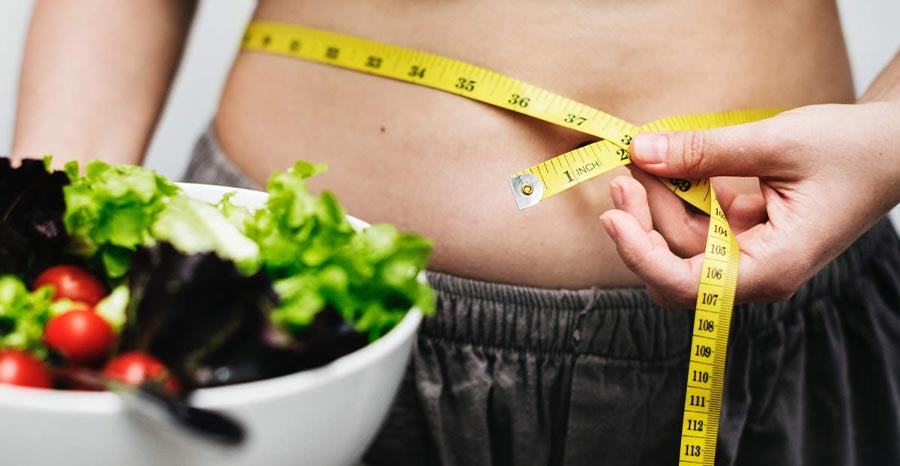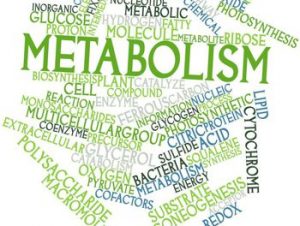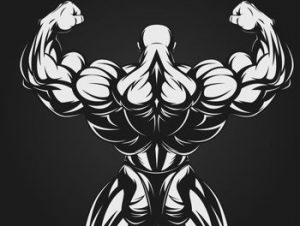
Want to Lose Weight? Start Pumping Iron!
How to Lose Weight Fast? Follow These Tips to Help You Lose Weight
I know, you’ve been told over and over again that to lose weight you need to cut calories and do cardio until you dissolve in a puddle of sweat. While it’s true that you can speed weight loss with cardio done at the right time and under the right conditions (see The Truth About Weight Loss Exercise) the best way to keep fat off long-term is to add to your muscle mass.
And this applies to both men and women, so ladies, don’t go away – this is for you too. This article will provide tips to help you lose weight fast in a healthy and sustainable way.

Weight Loss and The Importance of a Healthy Weight Diet
Weight loss is a common goal for many people who want to lose weight and keep it off. Being overweight or obese can lead to a variety of health problems, such as heart disease, type 2 diabetes, and high blood pressure.
The weight you lose can improve overall health and quality of life. However, successful weight loss can be a challenging journey and it’s important to approach it in a healthy and sustainable way.
A healthy eating diet and weight management are one of the most important aspects of weight loss.
A diet that is high in calories, fat, and processed foods can contribute to weight gain. One way to lose weight faster is to consume fewer calories by eating nutrient-dense foods that help you feel full. Learn about losing weight vs losing fat.
A weight loss plan that includes a balance of protein, carbohydrates, and healthy fats, can help with weight loss in a healthy way. Whole grains, fruits, and vegetables are examples of healthy foods that can help you burn calories and lose weight.
Physical Activities – Best Way to Lose Weight
Physical activity is a key component of a healthy lifestyle and body weight management. Regular exercise with gym equipment not only helps you burn calories and lose weight, but it can also improve blood sugar levels and overall health.
In addition to diet and physical activity, managing stress and getting enough sleep are also important for weight-loss. Stress and lack of sleep can lead to weight gain and make it harder to lose weight.

How Much Fat Do You Burn Doing Nothing?
The secret lies in your Resting Metabolic Rate or RMR. This is the measure of how many calories your body would burn if you stayed at rest all day. Literally, at rest. Doing nothing. Just lying there and breathing. You’d be surprised at how many calories it takes to keep your body alive.
There are constant metabolic processes going on in our body, even when we’re sleeping, we’re burning energy. More muscle mass means more calories burned.
You have constant metabolic processes going on inside your body. Beyond the very broad spectrums of Catabolism (the breakdown of molecules to obtain energy) and Anabolism (the synthesis of compounds needed by the cells), there are many anabolic and catabolic processes constantly running to keep us alive.
Digestion, respiration, glycolysis (glucose oxidation to obtain ATP), gluconeogenesis (glucose synthesis for use by the brain), the urea cycle (ridding the body of ammonium), and many more. Our body is a machine, and it needs to burn energy to keep running.
Turning Up the Idle On Our Engine – How to Lose Weight Fast
Cardio exercise speeds up the engine, and consequently all of these processes speed up as well, requiring more energy to meet demand, but it’s a temporary state. It lasts only as long as we keep moving. But what if there was a way to speed up the idle on our bodies’ engines? It turns out there is.
One of the biggest factors in our RMR is our skeletal muscle mass. All those muscle cells burn energy constantly just to keep functioning, even if we’re not doing anything. Without getting into the difference between brown fat (good!) and white fat (bad), the white fat cells that make us look unshapely are largely metabolically inactive.
They do burn a very small amount of energy, but it’s nowhere close to what muscle tissue burns. Meantime, muscle cells are calorie-burning engines, running at least on idle all the time, even while we’re sleeping. The more muscle we have, the more energy we burn just being alive.
Depending on how much muscle mass we have, muscle cell metabolism can account for up to 40% of our RMR.
How Much Extra Muscle Do We Need?
So how much extra muscle is ideal? After all, most of us have seen powerlifters who, while being very strong and obviously having a very large surplus of muscle, are also carrying a great deal of fat. There’s also a lot of anecdotal evidence that a large surplus of muscle mass is very unhealthy.
A number of professional bodybuilders have died relatively young, especially athletes. There is debate whether or not the cause was steroid abuse or the strain placed on the body by their excessive muscle mass.
Over the past 20 to 30 years a number of very successful competitive bodybuilders made the news – by dying relatively young. Steroids were blamed of course, but there’s also a theory that their hearts just gave out as a result of the extra strain caused by carrying all that muscle mass.
After all, does your heart really care if it has to pump blood to an extra 40 kilos of fat vs. an extra 40 of muscle? Probably not. Either way, your heart has to work extra hard.

Aging and Sarcopenia
On the other hand, most of us don’t have enough muscle. We start to lose muscle mass in our 30s, (see also: How to Measure Your Body Fat Percentage at Home) through a process called sarcopenia. If you’re typically physically inactive you can be losing as much as 5% of your muscle mass per decade after age 30.
By 60, this means you have 30% less muscle mass than you did at 30! This results in frailty, both physically and in terms of resistance to disease and other deteriorative age-related conditions such as osteoporosis, that we associate with old age. But it’s completely unnecessary and avoidable.
Regular moderate weight training can shut sarcopenia down cold, and even gradually add to our muscle mass, at least up to a certain point. For most of us, this point will be in our 50’s, as our natural testosterone (yes, that means you ladies too – you don’t have as much but you do have it) drops to the point where our body can no longer maintain our muscle mass without rigorous training and a proper diet, but even so, regular resistance training will greatly slow the loss of this needed muscle mass.
What’s The Ideal?
So back to the question. How much extra muscle is ideal? There’s no mathematical answer to this, but most of us don’t need one, as we’re not planning on hitting the gym twice every day and dedicating the rest of our time to eating a carefully calculated muscle-building diet. And that is what it takes to build excessive muscle, so the practical answer is ‘Don’t worry about it’, because unless you’re trying you’ll never gain that much muscle.
That said, despite ridiculous claims that are popular on the internet that an extra 4 kilos of muscle mass will increase your RMR by 500 calories per day (I can guarantee you from personal experience that this is not even remotely true), the real science does show us that muscle is 3x as metabolically active as fat. Read also The Most Effective Fat Loss Method
Adding 10 kilos of muscle can increase your Resting Metabolic Rate by 120 calories per day. This extra muscle mass makes it far easier to get and stay lean.
Burn an Extra 120 Calories Per Day Effortlessly
So, if you increase your muscle mass by 10 kilos, which is definitely attainable for most people, even women, who are willing to continue to work at it, your RMR would increase by approximately 120 calories per day.
If you keep your caloric intake steady, this would translate into losing approximately one-half kilo of fat per month, without even trying. Let that add up for a year or two and you find yourself maintaining the body you want virtually effortlessly.
And there’s an even greater benefit to that extra muscle; it will make the cardio you do much more effective. It takes considerably more energy to move your body when it’s composed mostly of muscle instead of fat.
For short-term fat loss, cardio will definitely speed up your results, but for lifelong weight control, you can’t beat adding muscle mass.
Don’t Give Up: Strategies to Help You Stay Motivated on Your Weight Loss Journey
Staying motivated throughout the weight loss journey (diet and exercise) is crucial for achieving your goals. Trying to lose weight can be a long and challenging process, and it’s easy to get discouraged when progress is slow or when you encounter setbacks.
Set small goals with regular physical activity. Instead of focusing on rapid weight loss, set smaller, achievable goals that you can work towards. Remember to not give up and keep working towards your goal, it’s worth it in the end.
Will Dove
Latest posts by Will Dove (see all)
- Body Weight Training 2.0: Calisthenics - 22 Apr
- All About Protein Powders - 9 Apr
- Top 5 Fitness Trends for 2019 That You Should Try - 30 Mar




